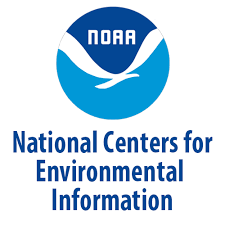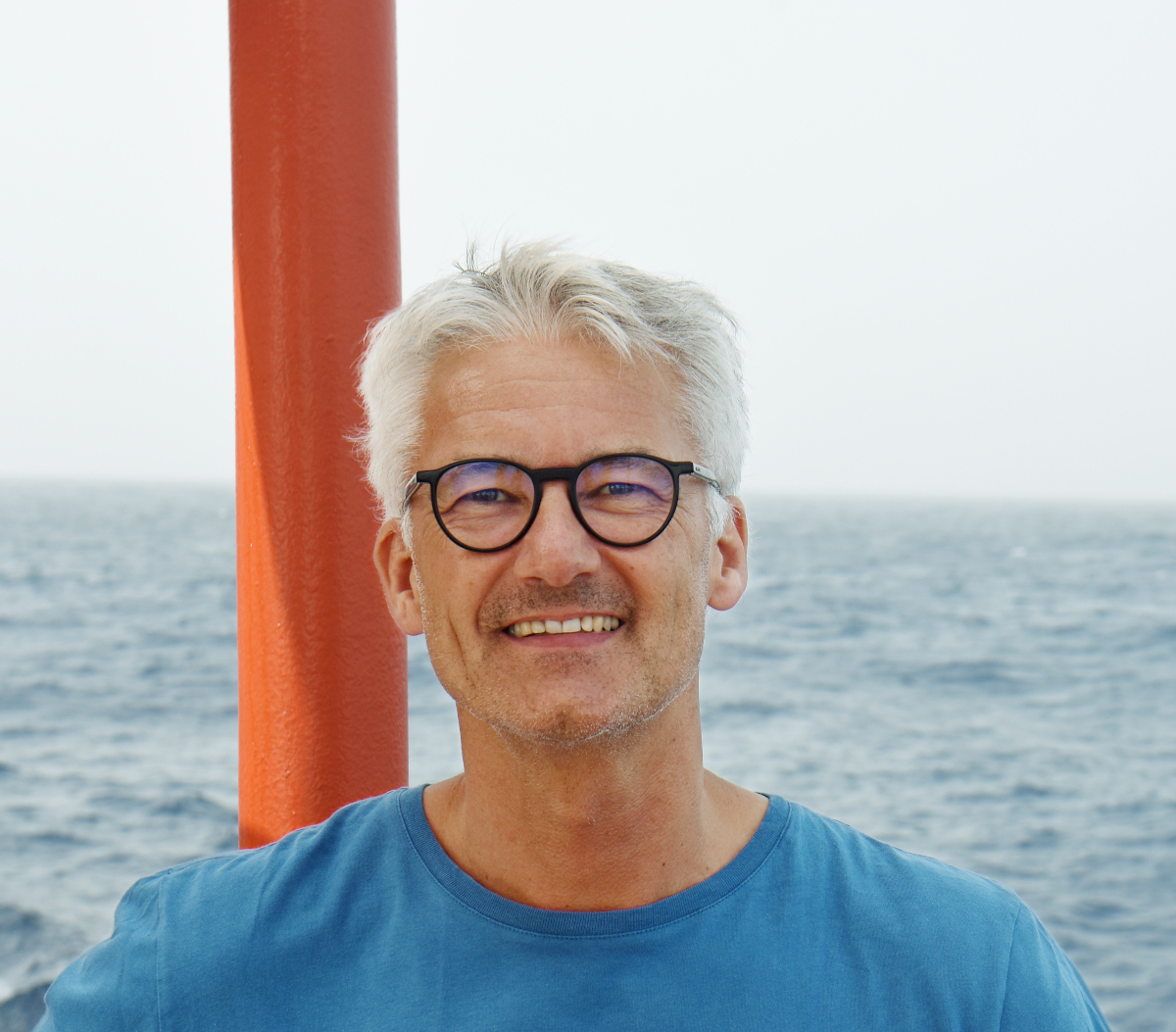Uncategorised
+ more newsNitrous Oxide
|
Nitrous oxide (N2O) is an important climate-relevant trace gas in the Earth’s atmosphere. In the troposphere it acts as a strong greenhouse gas and in the stratosphere it acts as an ozone depleting substance because it is the precursor of ozone depleting nitric oxide radicals. Because of the on-going decline of chlorofluorocarbons and the continuous increase of N2O in the atmosphere, the contributions of N2O to both the greenhouse effect and ozone depletion will be even more pronounced in the 21st century.
The ocean - including its coastal areas such as continental shelves, estuaries and upwelling areas - is a major source of N2O and contributes about 30% to the atmospheric N2O budget. Oceanic N2O is mainly produced as a by-product during archaeal nitrification (i.e. ammonium oxidation to nitrate) whereas bacterial nitrification seems to be of minor importance as source of oceanic N2O. N2O occurs also as an intermediate during microbial denitrification (nitrate reduction via N2O to dinitrogen, N2). Nitrification is the dominating N2O production process, whereas denitrification contributes only 7-35% to the overall N2O water column budget in the ocean. The amount of N2O produced during both nitrification and denitrification strongly depends on the prevailing dissolved oxygen (O2) concentrations and is significantly enhanced under low (i.e. suboxic) O2 conditions. N2O is usually not detectable in anoxic waters because of its reduction to N2 during denitrification. Thus, significantly enhanced N2O concentrations are generally found at oxic/suboxic or oxic/anoxic boundaries.
The strong O2 sensitivity of N2O production is also observed in coastal characterised by seasonal shifts in the O2 regime. A biological source of N2O in the well-oxygenated mixed layer/euphotic zone seems to be unlikely. Global maps of N2O in the surface ocean show enhanced N2O anomalies (i.e. supersaturation of N2O) in equatorial upwelling regions as well as N2O anomalies close to zero (i.e. near equilibrium) in large parts of the open ocean.
The MEMENTO (The MarinE MethanE and NiTrous Oxide database: https://memento.geomar.de) project has been launched with the aim to collect and archive N2O data sets and to provide actual fields of surface N2O for emission estimates.
|
Responsible SSG Member NITROUS OXIDE EOV
|
Ocean interior observations: projects and programs
IOCCP is engaging in a number of collaborations with international research programs, projects and expert working groups on activities related to the coordination of ocean interior observations.
 |
GO-SHIP Contact: Martin Kramp - Coordinator |
 |
Biogeochemical Argo http://biogeochemical-argo.org/data-access.php Contact: Ken Johnson (USA) & Hervé Claustre (France) |
|
U.S. Global Ocean Ship-based Hydrographic Investigations Program |
Ocean interior observations: resources
Following is a list of various resources related to ocean interior observations. These include links to webinars, presentations, special reports and outreach publications, as well as a list of selected review and high impact research papers. Please contact the IOCCP Office if you have any comments, questions or suggestions for additional resources useful to the community.
| BGC Argo resources |
Ocean interior observations: data sources & information products
|
STATUS and PLANS FOR REpeat sections Status map of GO-SHIP reference sections for the 2012 - 2023 Survey
GO_SHIP global cruise plan - updated in April 2023
Data and Information
Manuals and guides GO-SHIP Repeat Hydrography Manual: A collection of Expert Reports and Guidelines |
Ocean interior observations: references
Following is a list of references to standard operating procedures, best practices, manuals and user guides (in alphabetical order) which include information on how to handle ocean interior observations. Please contact the IOCCP Office if you have suggestions for documents that you think are missing from this site.
|
STATUS and PLANS FOR REpeat sections Status map of GO-SHIP reference sections for the 2012 - 2023 Survey
GO_SHIP global cruise plan - updated in April 2023
Data and Information
Manuals and guides GO-SHIP Repeat Hydrography Manual: A collection of Expert Reports and Guidelines |
Ocean interior observations: status of observations
Nutrients: projects and programs
IOCCP is engaging in a number of collaborations with international research programs, projects and expert working groups on activities related to the coordination of nutrients observations.
 |
GO-SHIP Contact: Martin Kramp - Coordinator |
 |
Biogeochemical Argo http://biogeochemical-argo.org/data-access.php Contact: Ken Johnson (USA) & Hervé Claustre (France) |
Nutrients: data sources & information products
Following is a list of key global information products and data sources of nutrients. Many regional and national data sources and products are not listed explicitly but often provide contributions to the global repositories and products.
|
Global Ocean Data Analysis Project (GLODAPv2): |
|
 |
World Ocean Atlas 2018 https://www.ncei.noaa.gov/products/world-ocean-atlas
|
 |
World Ocean Database https://www.nodc.noaa.gov/OC5/SELECT/dbsearch/dbsearch.html
|
|
CLIVAR and Carbon Hydrographic Data Office (CCHDO): |
|
 |
Biogeochemical Argo Global Data Assembly Centres: |
 |
OceanSITES Global Data Assembly Centres: |
Nutrients: resources
Following is a list of various resources related to dissolved nutrients observations. These include links to webinars, presentations, special reports and outreach publications, as well as a list of selected review and high impact research papers. Please contact the IOCCP Office if you have any comments, questions or suggestions for additional resources useful to the community.
|
The SCOR-JAMSTC CRM program was closed on March 31, 2022 (JST).
SCOR-JAMSTEC Certified Reference Materials
KANSO CRMs, KANSO, Japan
NMIJ CRMs (7601-a,7602-a,7603-a), NMIJ, Japan |
Nutrients: references
Following is a list of references to standard operating procedures, best practices, manuals and user guides (in alphabetical order) which include information on how to handle dissolved nutrients measurements in marine waters. Please contact the IOCCP Office if you have suggestions for documents that you think are missing from this site.
|
2008 Inter-laboratory Comparison Study of a Reference Material for Nutrients in Seawater
2006 Inter-labortory Comparison Study of a Reference Material for Nutrients in Seawater |
MANUALS AND GUIDES
|
Palevsky, H.I., Clayton, S., et al (2023) OOI Biogeochemical Sensor Data: Best Practices & User Guide, Version 1.1.1. Ocean Observatories Initiative Biogeochemical Sensor Data Working Group, 134pp. DOI: https://doi.org/10.25607/OBP-1865.2
Becker S, Aoyama M, Woodward EMS, Bakker K, Coverly S, Mahaffey C and Tanhua T, (2020) GO-SHIP Repeat Hydrography Nutrient Manual: The Precise and Accurate Determination of Dissolved Inorganic Nutrients in Seawater, Using continuous Flow Analysis Methods. Mar. Sci. 7:581790. doi:10.3389/fmars.2020.581790
Becker, S.; Aoyama, M.; Woodward, E.M.S.; Bakker, K.; Coverly. S.; Mahaffey, C. and Tanhua, T. (2019) GO-SHIP Repeat Hydrography Nutrient Manual: The precise and accurate determination of dissolved inorganic nutrients in seawater, using Continuous Flow Analysis methods. In: The GO-SHIP Repeat Hydrography Manual: A Collection of Expert Reports and Guidelines. Available online at: http://www.go-ship.org/HydroMan.html. DOI: http://dx.doi.org/10.25607/OBP-555
More reading and previous manuals:
|
Calendar
|
|
IOCCP meetings, IOCCP-related meetings as well as events related to a wider scope in marine biogeochemistry. |










 Please wait...
Please wait...